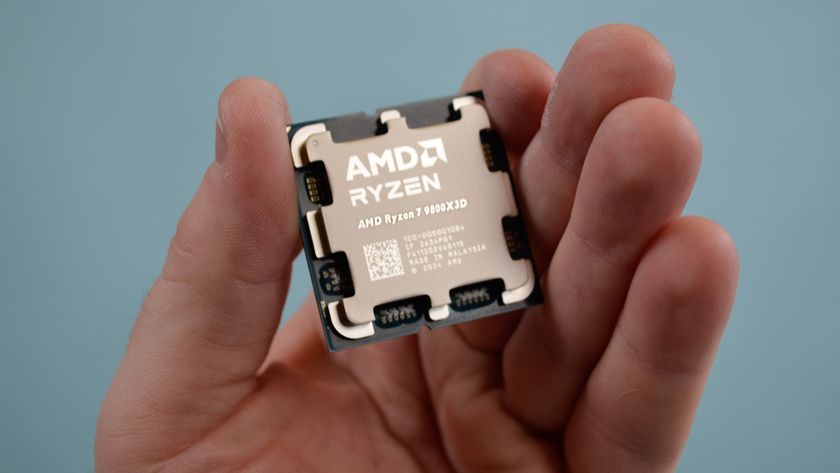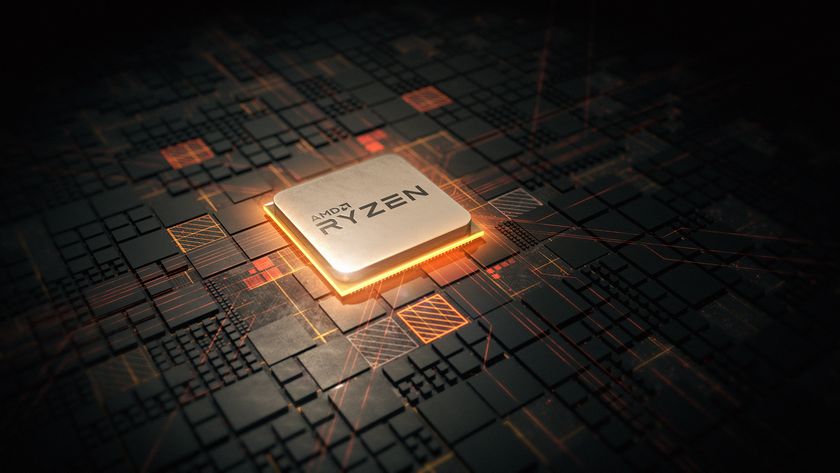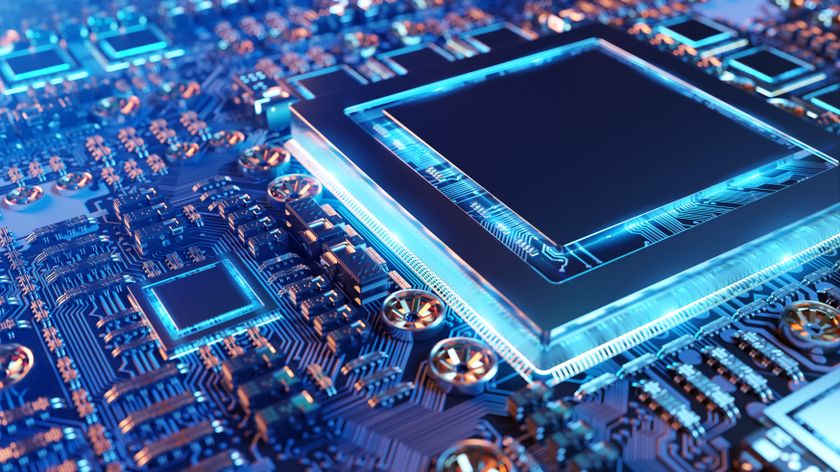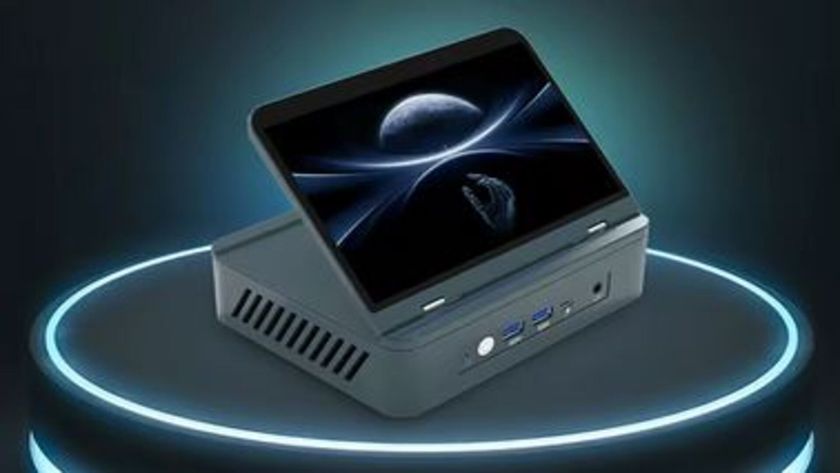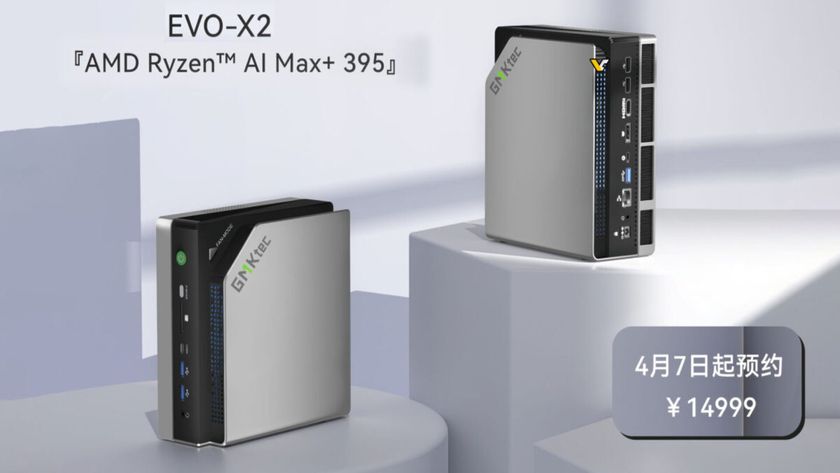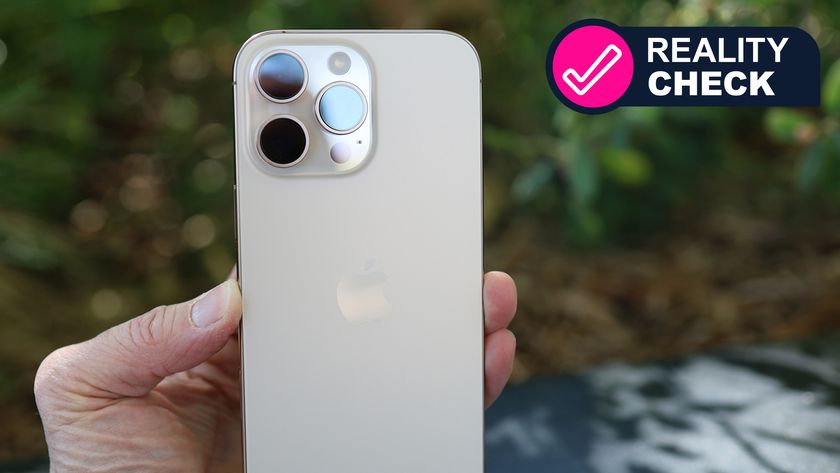Intel Arrow Lake leaks pour forth – flagship CPU looks to offer some solid gains, but it’s bad news for PC gamers
An efficient flagship that has tamed power usage, but gamers could be very disappointed

Intel’s Arrow Lake desktop CPUs are almost with us, going by rumors, and the prevalence of leaks backs up this notion – with a few fresh pieces of spillage joining the recent flood, one of which will cause some concern.
Much of this comes in the form of leaked presentation slides purportedly from Intel (from press briefings that are supposedly underway), and it’s the gaming-related material that’ll doubtless cause a stir. As always with all this, let’s be cautious – as with any leak (though this one appears genuine enough).
pic.twitter.com/9DuJZ6IjGlOctober 8, 2024
This first slide, shared on X by leaker @wxnod, shows that the flagship for Arrow Lake, the Core Ultra 9 285K, is actually going to be slightly slower than the current Core i9-14900K flagship when it comes to running PC games.
The difference is marginal – an average of 264 frames per second (fps) for the 14900K versus 261 fps for the 285K, which is nothing you’d ever notice – but the point is that you’d expect a marked uplift (or at least some increase) with a new generation of silicon from Intel.
There is an upside here, though, namely that the Core Ultra 9 285K delivers that same performance using a good deal less power – 447W versus 527W for the Raptor Lake Refresh flagship, so that’s about 15% more power-efficient (this is the total power usage for the PC, we should note – so the figure for just the chips will show a bigger generational leap than this, too).
In another slide, Intel further demonstrates that the Core Ultra 9 285K chugs a good deal less power than the Raptor Lake Refresh flagship, with consumption dropping by up to 165W compared to the 14900K, with gaming frame rates roughly even (there’s some give and take, and the Arrow Lake CPU is faster in some games, slower in others).
More gaming comparisons are provided with the Core Ultra 9 285K stacked up against the Ryzen 7950X3D, the current top-end of 3D V-Cache processors from AMD. This is a roughly even battle, but the 7950X3D wins out slightly, although the Arrow Lake flagship certainly comes out on top with the productivity benchmarks.
Get daily insight, inspiration and deals in your inbox
Sign up for breaking news, reviews, opinion, top tech deals, and more.
Elsewhere, @wxnod posts a comparison with the Ryzen 9950X, AMD’s current flagship CPU, which again is a fairly even match with the Arrow Lake flagship across a bunch of games (though the 9950X again edges the victory overall – bear in mind, too, that these are benchmarks Intel has picked out).
ARL-S IPC (vs 13/14th)P Core +9%E Core +32% pic.twitter.com/B0EjnIEWBUOctober 8, 2024
A further post on X, from another regular leaker, HXL, shows a slide for Arrow Lake’s overall IPC gain (Instructions per Clock – in other words, the measure of the performance boost imparted by the change in chip architecture with the next-gen CPUs).
This slide shows that Arrow Lake’s performance cores are 9% faster than Intel’s current processors for IPC, and the efficiency cores get a huge 32% leap.
Yet another slide from @wxnod shares a comparison of productivity benchmarks, alongside 3DMark, and in the latter the Core Ultra 9 285K is 11% faster than the 14900K. It’s also around 5% to 8% quicker than the current flagship in those productivity scores (including Cinebench and Geekbench), with AMD’s 9950X roughly trading blows with the 285K (though the Ryzen CPU is a fair bit slower in 3DMark).
Finally, we’ve also been treated to a Passmark benchmark on X – possibly from an engineering sample of the 285K – that shows the Arrow Lake flagship is 11% faster than the Core i9-14900K for single-core performance (assuming it’s genuine).

Analysis: A tricky time ahead for Intel?
There’s a lot to digest here, but the real-world gaming benchmarks are a worry – and are already causing controversy across various online forums as you might imagine. For Intel to fail to achieve any performance gain in gaming – and indeed a slight slip compared to the 14900K overall – is a pretty shabby showing.
We’ve got to again state that we can’t jump to any conclusions until we know these slides are genuine, but it’s not a good look for Intel if they are. Particularly as the Core Ultra 9 285K is appreciably slower in a few games in the various battles shown versus the 14900K, and also high-end AMD processors. (Note, too, that some of the benchmarks use Intel’s APO to boost them up, six out of 14 of them in one comparison – and this isn’t a very widely supported tech yet).
So, what’s going on here? Part of why we’re seeing some of these more disappointing results could be wrapped up in the relatively modest IPC gain for Arrow Lake’s performance cores (9%), coupled with slower clock speeds here versus 14th-gen chips (the lack of hyper-threading for Arrow Lake is also a drag factor, but not really for gaming, though).
Given these factors, some of these results are perhaps not surprising – and the trade-off is that Arrow Lake is a good deal more power-efficient than Intel’s current CPUs. But then Intel really had to do better on that front, as the company was heading into a dead-end with the jack-up-the-power path taken by Raptor Lake and its refresh (the latter failed to impress with its gains, too, by and large).
The other positives for Arrow Lake are that productivity gains certainly look robust, and the efficiency cores are definitely being brought more into play (which will help with those games that leverage APO, too). And with Intel taking big strides with efficiency in Lunar Lake – these are some excellent new laptop chips – there’s clear evidence of Team Blue’s new focus on driving lower power consumption across its CPUs.
The downsides for gamers could be a bitter pill to swallow, though – although we’ll have to wait until we perform our own testing before we get carried away here. It’s difficult to see how Arrow Lake is going to fare well against AMD in the realm of PC gaming, though, when the Ryzen 9800X3D could be imminent, bringing a major uplift to the table for Team Red (and offering better all-round general performance away from games, too, if the most recent rumor is right).
This could be a very tricky time for Intel. We’ve yet to see Arrow Lake pricing, of course – the final part of the equation – but Team Blue may have to think of pitching price tags more competitively than it usually might, even given the lackluster reception for new Ryzen 9000 CPUs. Especially when we take into account the cloud currently cast over Intel silicon due to the instability debacle with 14th-gen and 13th-gen processors. (Arrow Lake isn’t affected by those voltage woes, mind, but this whole painful affair is still going to stick very much in the minds of the component buying public, we’re betting).
Via VideoCardz [1, 2], TweakTown
You might also like
Darren is a freelancer writing news and features for TechRadar (and occasionally T3) across a broad range of computing topics including CPUs, GPUs, various other hardware, VPNs, antivirus and more. He has written about tech for the best part of three decades, and writes books in his spare time (his debut novel - 'I Know What You Did Last Supper' - was published by Hachette UK in 2013).
